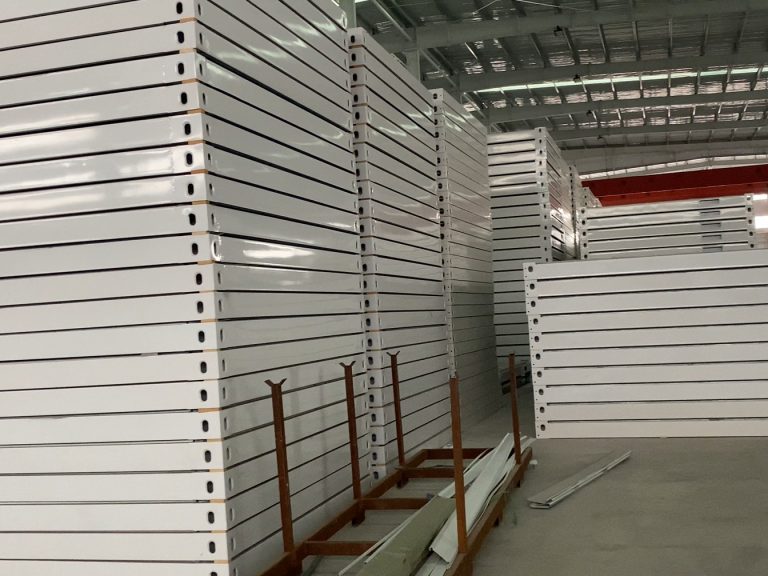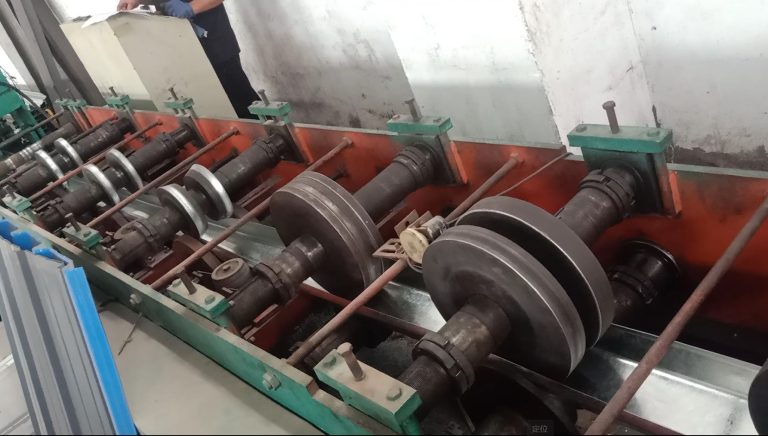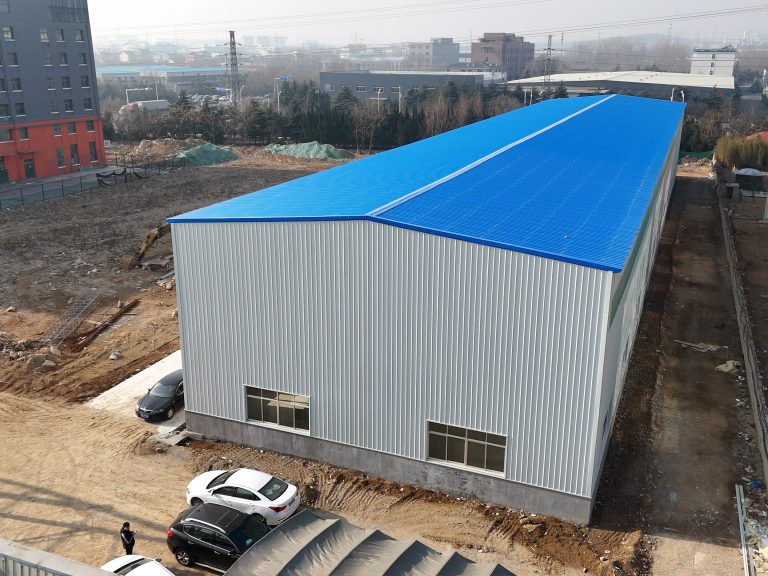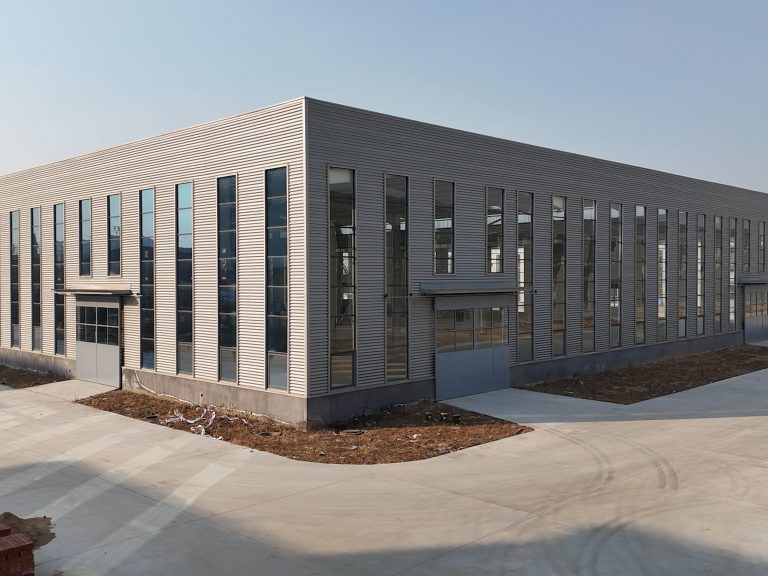Inhoudsopgave
Sustainability in Steel Structure Design
Steel structure design has been a crucial aspect of the construction industry for centuries. From towering skyscrapers to intricate bridges, steel has been a go-to material for its strength, durability, and versatility. However, as the world shifts towards a more sustainable future, the steel industry is also evolving to meet the demands of environmentally conscious design.
One of the key aspects of sustainability in steel structure design is the use of recycled materials. By incorporating recycled steel into new structures, designers can reduce the environmental impact of steel production and help conserve natural resources. This not only reduces the carbon footprint of the construction industry but also promotes a circular economy where materials are reused and repurposed.
In addition to using recycled materials, innovative design ideas are also shaping the future of steel structures. One such idea is the use of modular construction techniques. By prefabricating steel components off-site and assembling them on-site, construction time and waste are minimized, leading to more efficient and sustainable building practices. This approach not only reduces construction costs but also allows for greater flexibility and customization in design.
Another innovative idea in steel structure design is the integration of green technologies. By incorporating features such as solar panels, green roofs, and rainwater harvesting systems, steel structures can become more energy-efficient and environmentally friendly. These technologies not only reduce the carbon footprint of buildings but also contribute to a healthier and more sustainable built environment.
Furthermore, the concept of adaptive reuse is gaining traction in the steel industry. Instead of demolishing old steel structures, designers are finding ways to repurpose and retrofit existing buildings for new uses. This not only preserves the historical and architectural value of these structures but also reduces the environmental impact of construction by minimizing waste and energy consumption.
Moreover, the use of advanced computer modeling and simulation tools is revolutionizing the way steel structures are designed and constructed. By using Building Information Modeling (BIM) software, designers can create detailed 3D models of buildings, allowing for better visualization and coordination of construction projects. This not only improves the efficiency and accuracy of design but also helps identify potential issues before they arise, leading to cost savings and reduced waste.
In conclusion, sustainability in steel structure design is not just a trend but a necessity in today’s world. By incorporating recycled materials, innovative design ideas, green technologies, adaptive reuse, and advanced modeling tools, the steel industry is paving the way for a more sustainable future. As designers continue to push the boundaries of what is possible with steel, the possibilities for innovative and environmentally friendly structures are endless. Steel structure design is not just about building for today but also about creating a legacy for future generations to come.
Advancements in Steel Structure Technology
Steel structure design has come a long way in recent years, with innovative ideas leading the future of the industry. As technology continues to advance, so too do the possibilities for creating stronger, more efficient, and more sustainable steel structures. From skyscrapers to bridges to industrial buildings, the use of steel in construction has become increasingly popular due to its durability, versatility, and cost-effectiveness.
One of the key advancements in steel structure design is the use of computer-aided design (CAD) software. This technology allows engineers to create detailed 3D models of steel structures, enabling them to visualize the final product and identify any potential issues before construction begins. CAD software also allows for more precise calculations and measurements, resulting in more accurate and efficient designs.
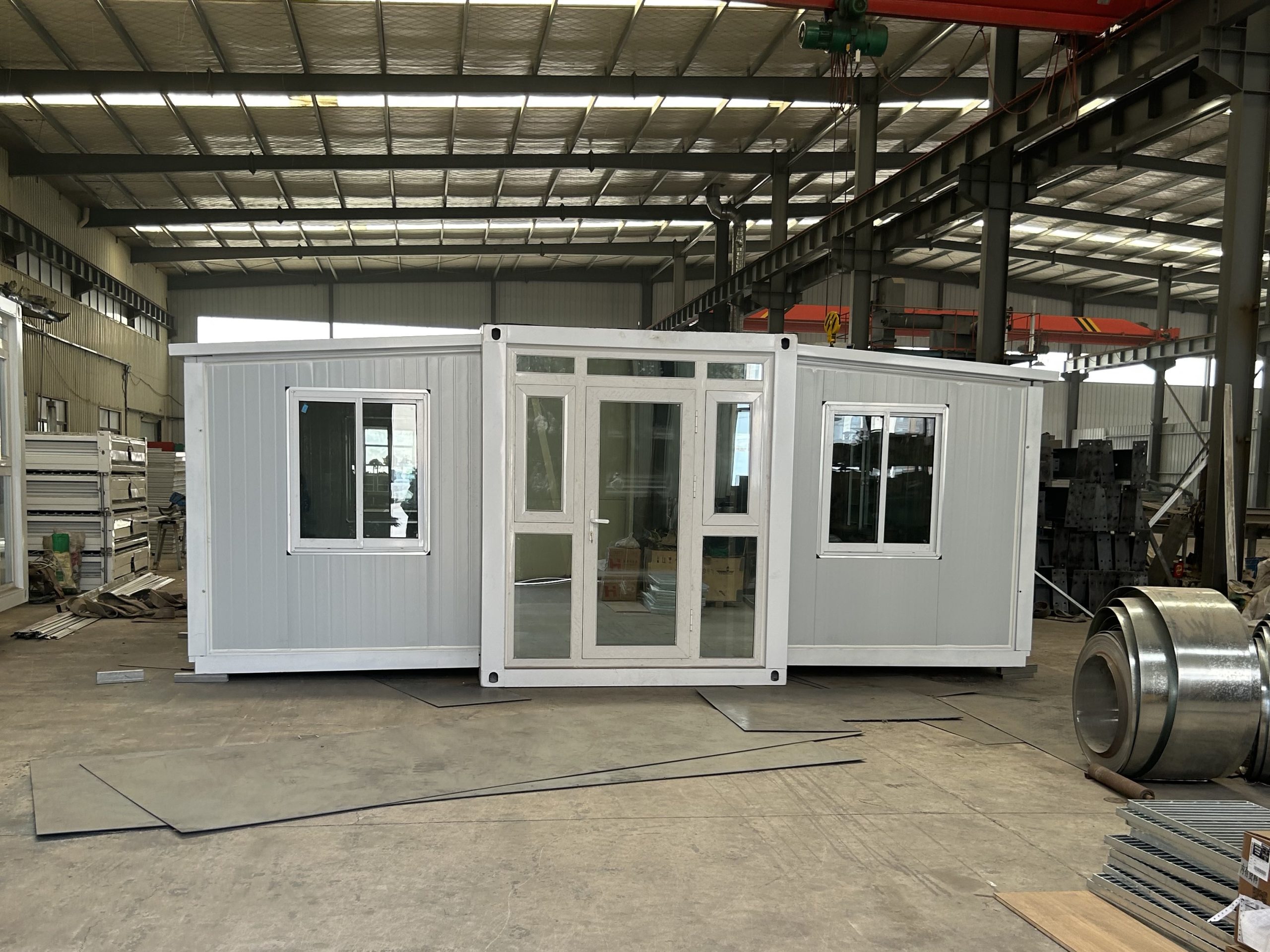
Another innovative idea in steel structure design is the use of Building Information Modeling (BIM) software. BIM allows for the creation of a digital representation of a building or structure, including all of its components and systems. This technology enables engineers to collaborate more effectively with architects, contractors, and other stakeholders, leading to better coordination and communication throughout the design and construction process.
Advancements in materials science have also played a significant role in the evolution of steel structure design. New alloys and coatings have been developed that enhance the strength, durability, and corrosion resistance of steel, making it an even more attractive option for construction projects. These materials innovations have allowed engineers to push the boundaries of what is possible in terms of design and construction, leading to the creation of increasingly complex and innovative steel structures.
One of the most exciting developments in steel structure design is the use of parametric design. This approach involves creating a set of rules or parameters that govern the design process, allowing for the generation of a wide range of design options based on specific criteria. Parametric design enables engineers to explore different possibilities and optimize their designs for factors such as cost, sustainability, and aesthetics.
In addition to these technological advancements, there has been a growing focus on sustainability in steel structure design. Engineers are increasingly incorporating green building practices into their designs, such as using recycled materials, optimizing energy efficiency, and reducing waste. By designing steel structures with sustainability in mind, engineers can create buildings that are not only environmentally friendly but also cost-effective and durable in the long run.
Overall, the future of steel structure design looks bright, with innovative ideas driving the industry forward. From advanced software tools to new materials to sustainable practices, engineers are constantly pushing the boundaries of what is possible in steel construction. As technology continues to evolve, we can expect to see even more exciting developments in steel structure design, leading to the creation of stronger, more efficient, and more sustainable buildings and structures. The possibilities are endless, and the future is full of promise for the steel construction industry.

